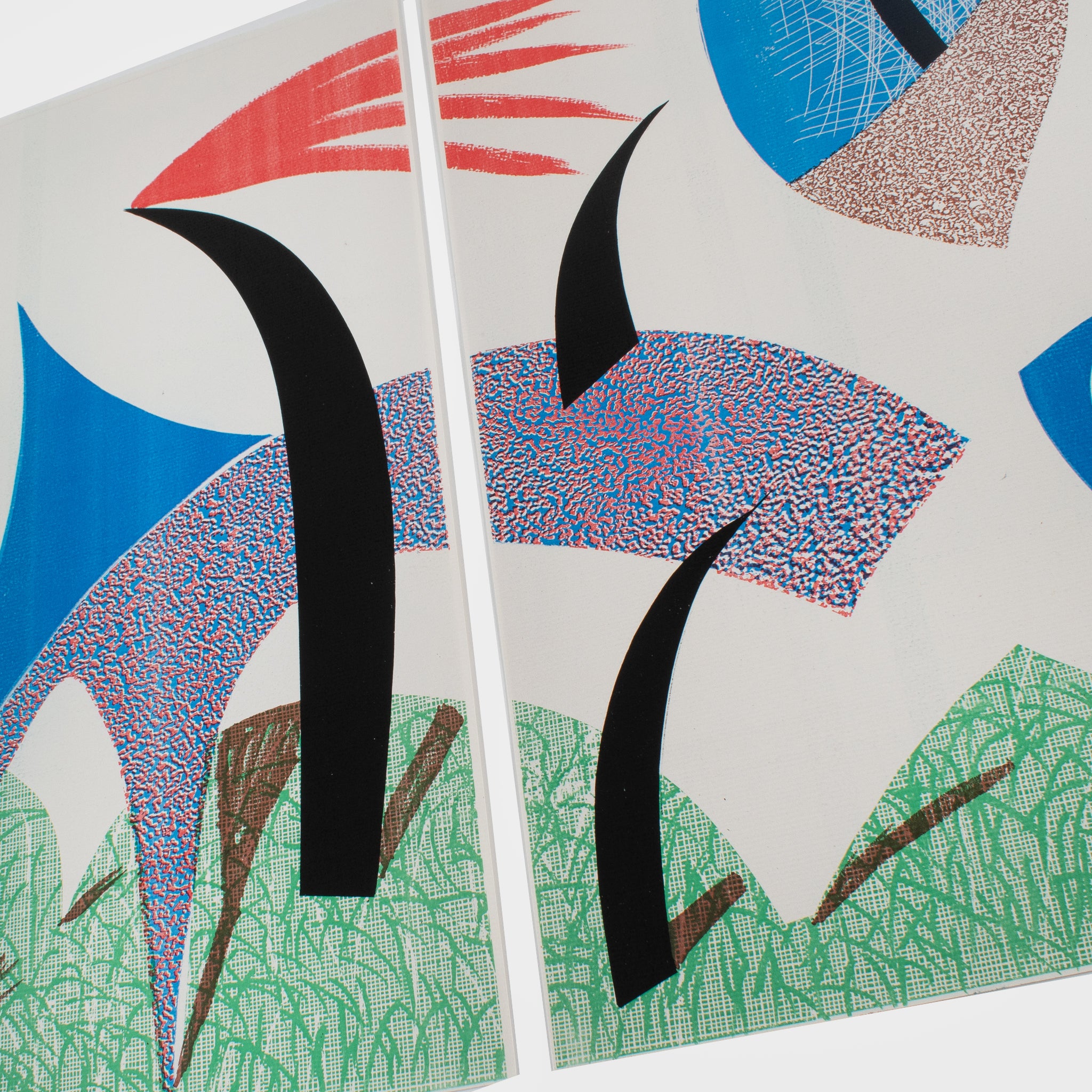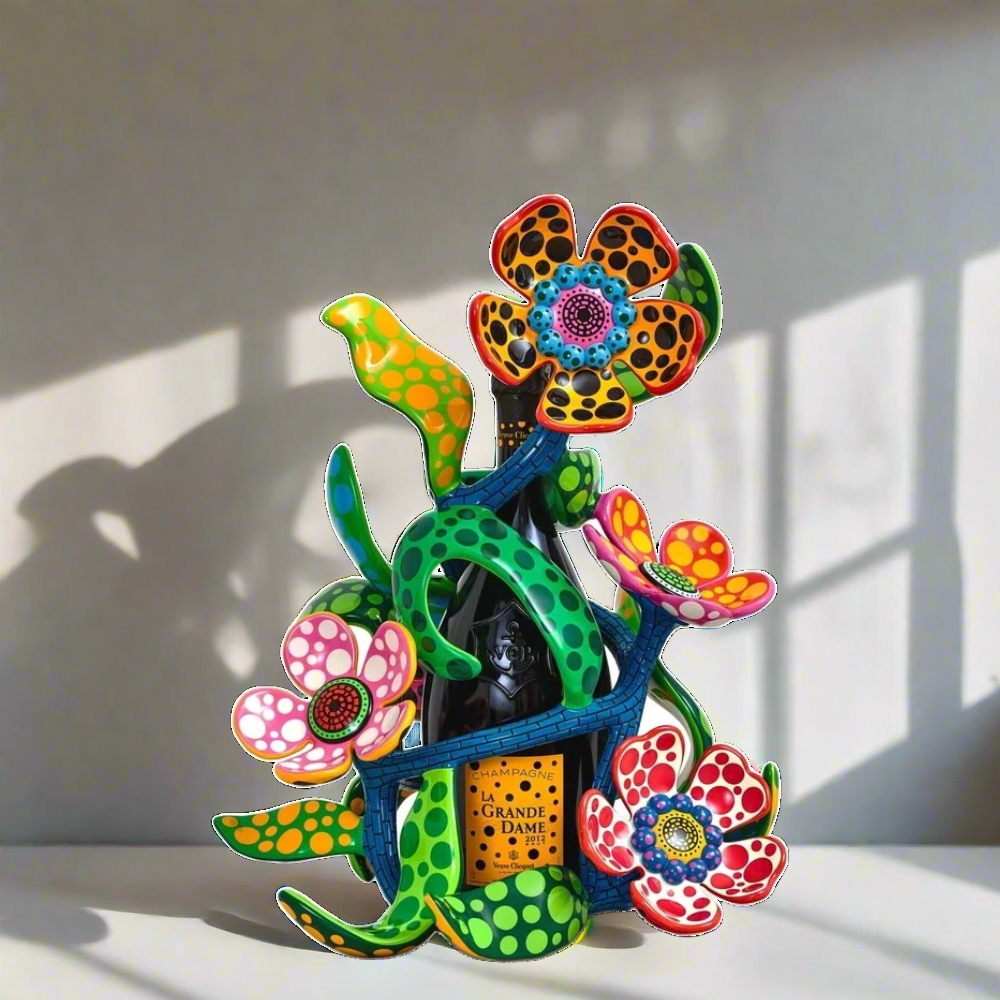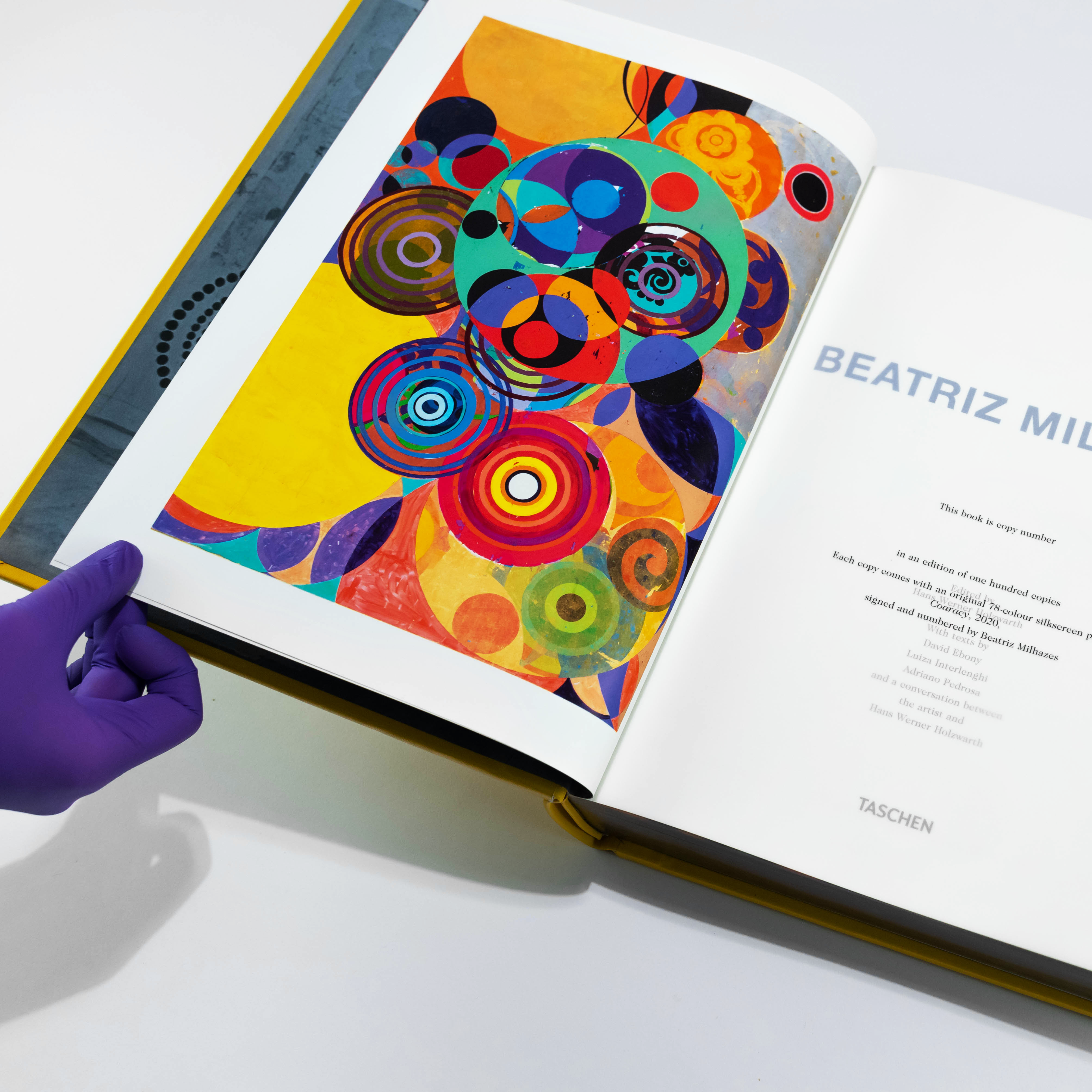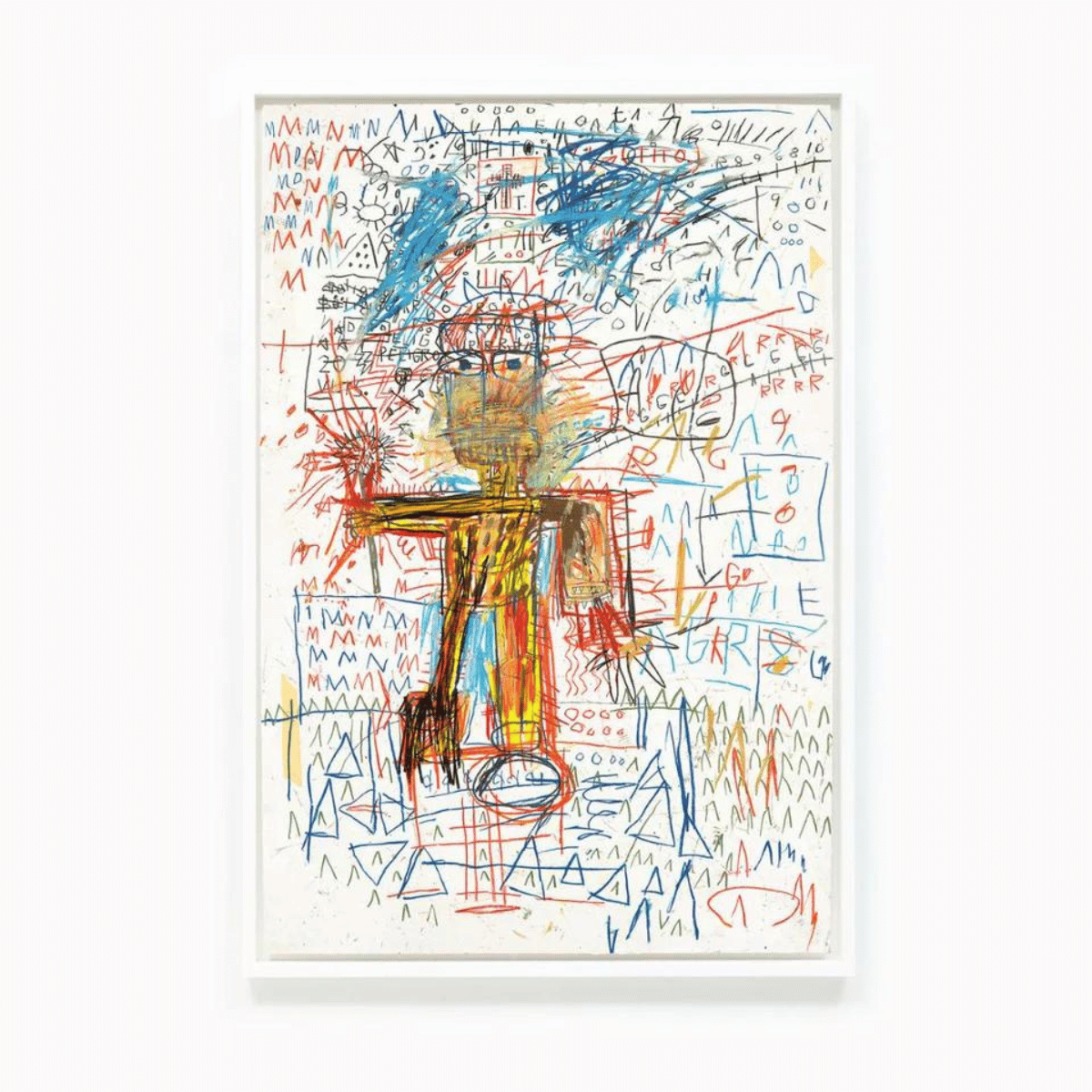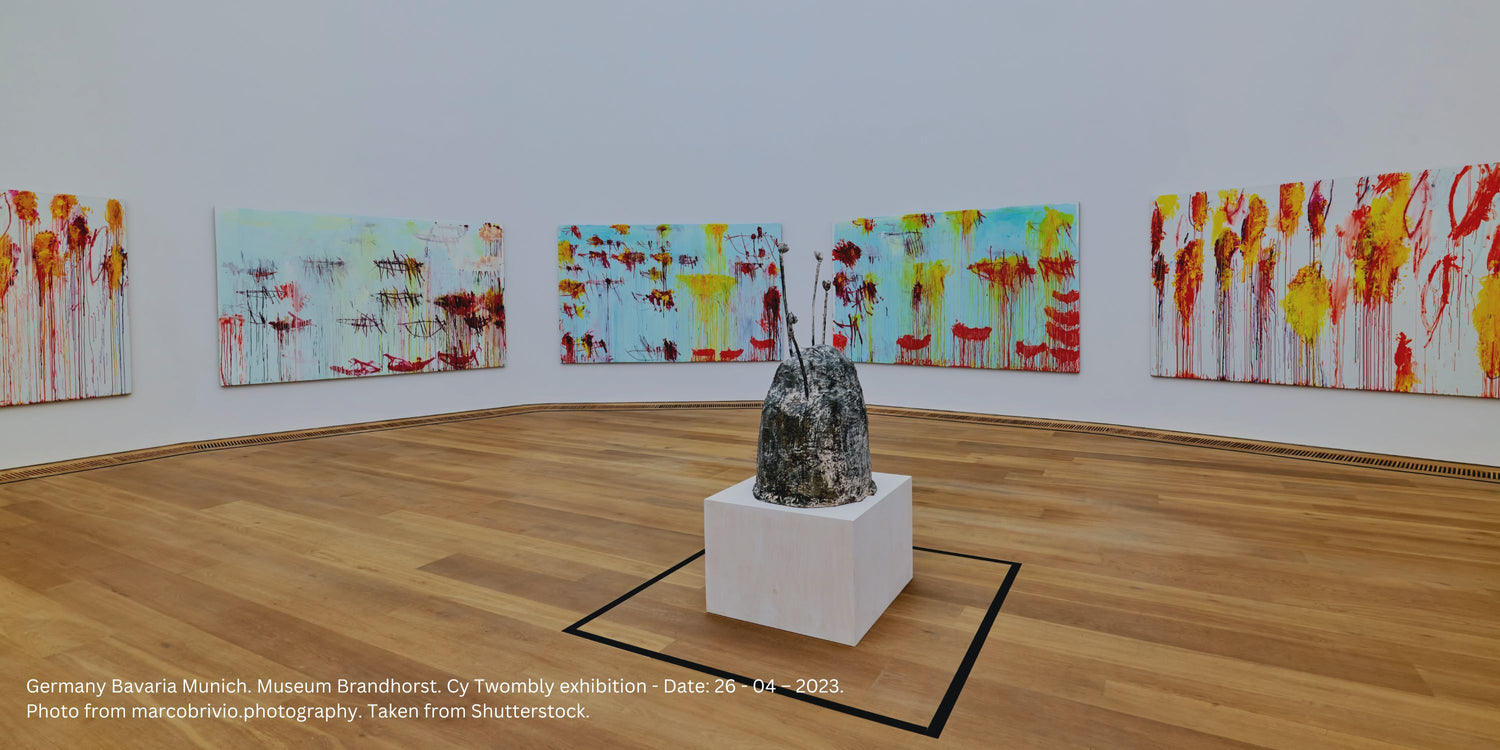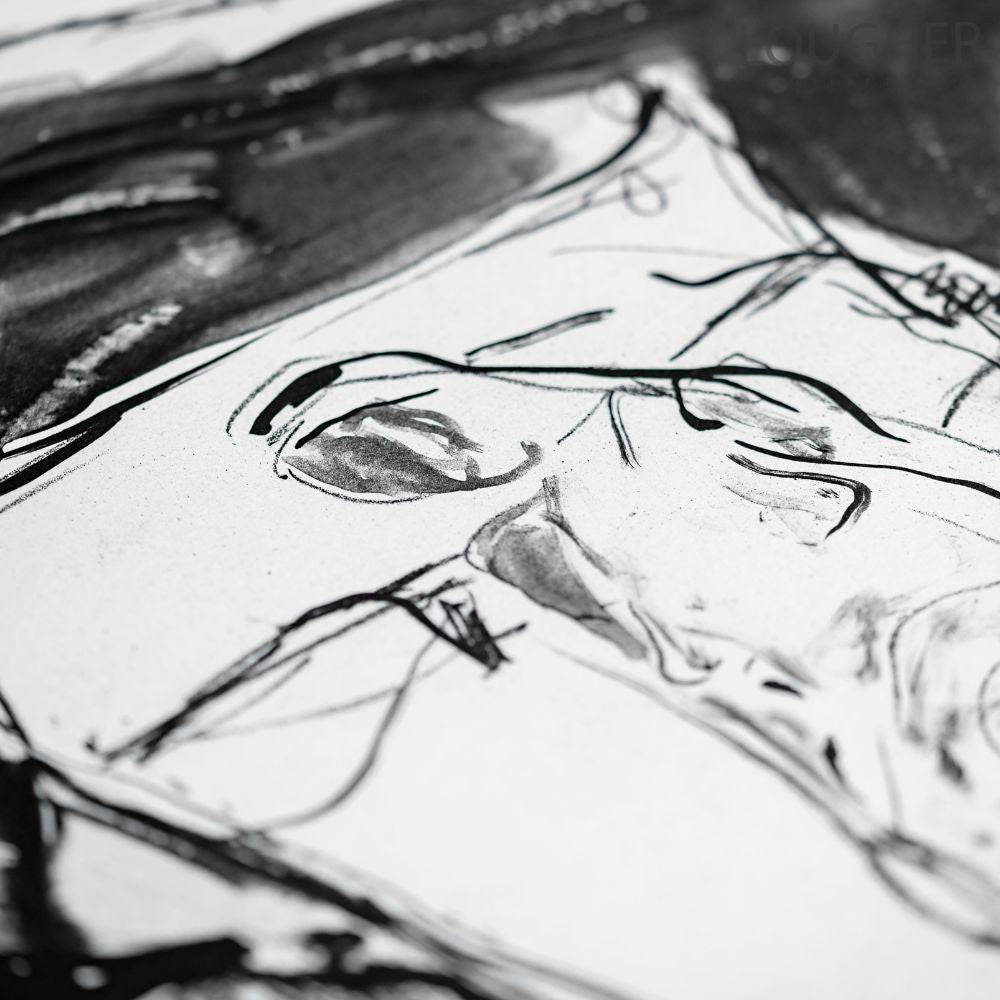Cy Twombly (1928-2011) is renowned for his ability to blend the abstract with the mythological, combining calligraphic scribbles, cryptic marks, and grand themes that span time and history. Though often associated with Abstract Expressionism and Minimalism, Twombly’s style defies neat categorisation, standing apart from his contemporaries like Robert Rauschenberg and Jasper Johns. His work, heavily inspired by classical literature and mythology, has influenced a wide range of modern and contemporary artists, securing his place as one of the most influential figures in 20th-century art.
Cy Twombly's Art Style and Influence
Twombly’s art is often described as an intersection between abstraction and symbolism, characterised by gestural lines, scrawls, and the fusion of text with painting. His background as a cryptologist in the U.S. Army influenced his symbolic language, adding an enigmatic quality to his work. His marks and strokes often appear as scribbles, which evoke a sense of mystery, inviting viewers to search for hidden meaning.
Although his work initially reflected influences from Abstract Expressionists like Franz Kline and Willem de Kooning, Twombly developed a distinctive style of his own. He drew upon themes from classical antiquity, especially Greek and Roman mythology, which became a central feature of his oeuvre. The result is a body of work that connects contemporary art with the distant past, inspiring later generations of artists to explore similar narrative depths.
Famous Paintings and Exhibitions
Twombly’s paintings have achieved international acclaim, and several key works stand out. His Blackboard series (1966-1973) is particularly famous, featuring looping white scrawls on grey backgrounds, reminiscent of a school blackboard. One of these works, Untitled (New York City) (1968), became a record-breaking auction sale, selling for £46.6 million in 2015.
Another iconic series is Fifty Days at Iliam (1978), based on Homer’s Iliad. The vibrant and emotionally charged works blend colour, text, and energetic gestures to evoke the intensity of the ancient epic. His works often bridge the gap between past and present, as seen in his later paintings such as Untitled (Peonies) (2007), where Twombly draws on Japanese influences.
Exhibitions of Twombly’s work have been held in prestigious institutions worldwide. Highlights include major retrospectives at the Tate Modern, London, and the Museum of Modern Art, New York. A significant exhibition at the Dulwich Picture Gallery in 2011 showcased Twombly alongside 17th-century painter Nicolas Poussin, highlighting the connection between his work and that of the Old Masters.

Germany Bavaria Munich. Museum Brandhorst. Cy Twombly exhibition - Date: 26 - 04 – 2023. Photo from marcobrivio.photography. Taken from Shutterstock
Cy Twombly Sculpture
While Twombly is best known for his paintings, his sculptures also play a crucial role in his artistic legacy. His sculptural work often took the form of assemblages created from everyday objects, coated in white paint, lending them a classical, timeless quality. These sculptures evoke the forms of ancient Greco-Roman statuary, reflecting Twombly’s fascination with antiquity.
Twombly’s return to sculpture in the mid-1970s, after a long hiatus, saw the creation of pieces that further explored his interest in mythology and ancient history. His sculptures, although less prolific than his paintings, remain integral to understanding his full artistic range.
Auction Results and the Market for Twombly Works
Twombly’s artworks consistently achieve high auction prices, underscoring his significance in the art market. His Untitled (New York City) from the Blackboard series fetched £46.6 million at Sotheby’s in 2015, setting a record for his work. In 2021, his Untitled (Peonies), part of the A Scattering of Blossoms series, sold for £43.8 million, reflecting the continued demand for his art.
Prints and Collecting Cy Twombly with Lougher
For collectors, Twombly’s prints offer an accessible entry point into his work. His limited-edition prints, which often incorporate his iconic scribbled lines and classical references, are highly sought after. These works, while more affordable than his original paintings and sculptures, still command significant prices due to their rarity and the artist’s enduring reputation.
Collecting Twombly’s work through specialised platforms such as Lougher provides art enthusiasts with opportunities to acquire pieces that capture the essence of his unique style. As his works are held in esteemed collections like the Tate Modern and the Museum of Modern Art, owning a piece of Twombly’s legacy represents a chance to be part of art history.
Cy Twombly’s legacy is one of innovation, bridging the ancient and the modern with an art style that continues to inspire. His paintings, sculptures, and prints remain central to contemporary art discourse, and his influence is felt across generations of artists. The strong auction results and market demand for Twombly’s works affirm his place as one of the most significant artists of the 20th century. Whether through his mythologically charged paintings, enigmatic sculptures, or coveted prints, Cy Twombly's art continues to captivate collectors and art lovers alike.





